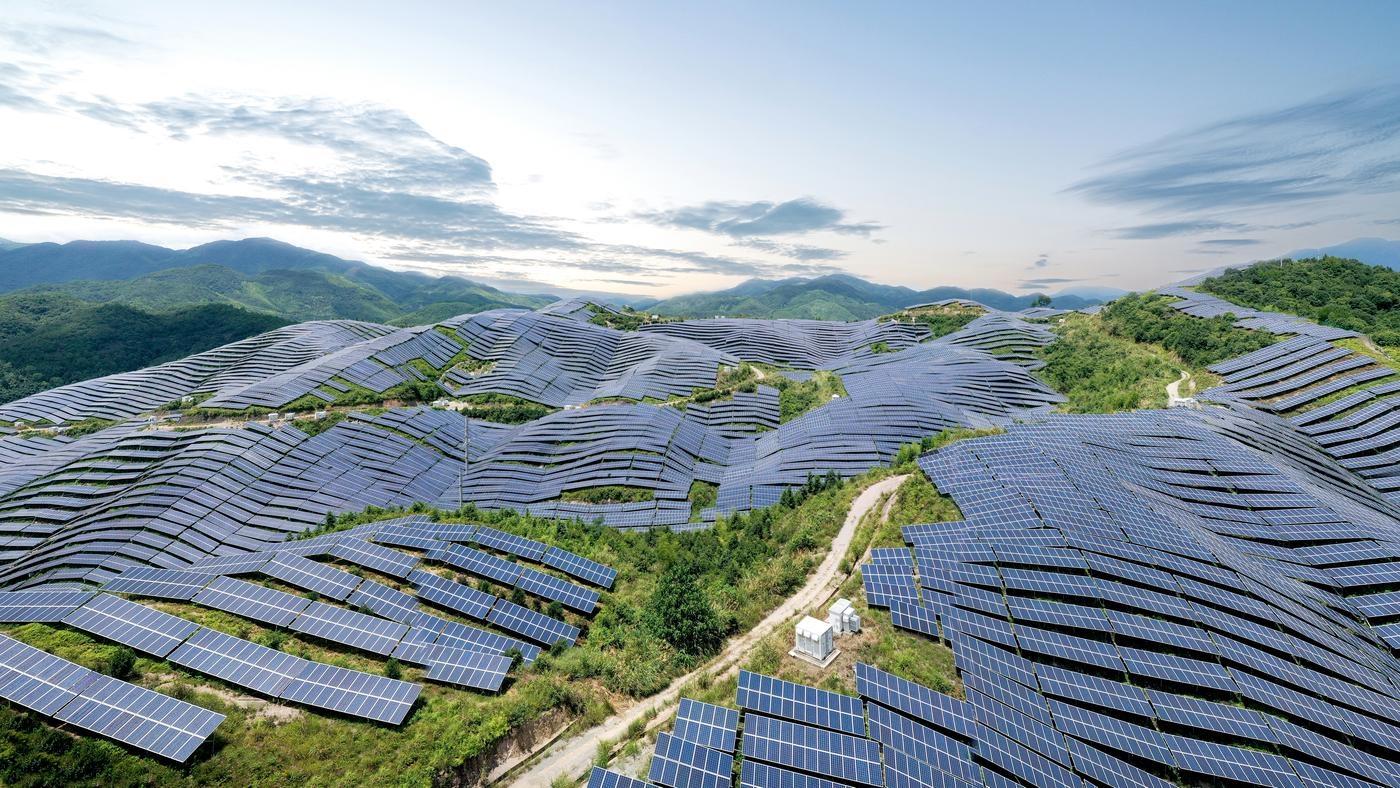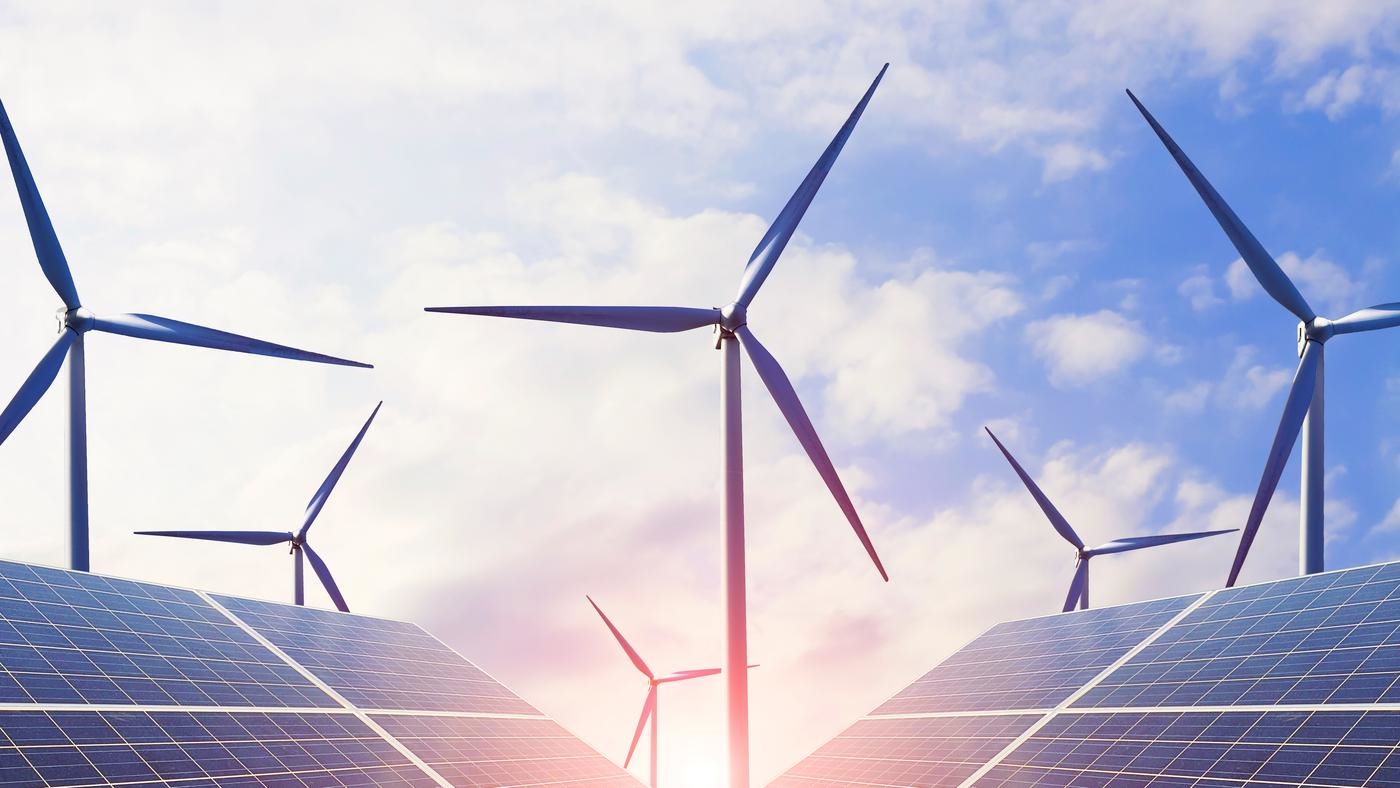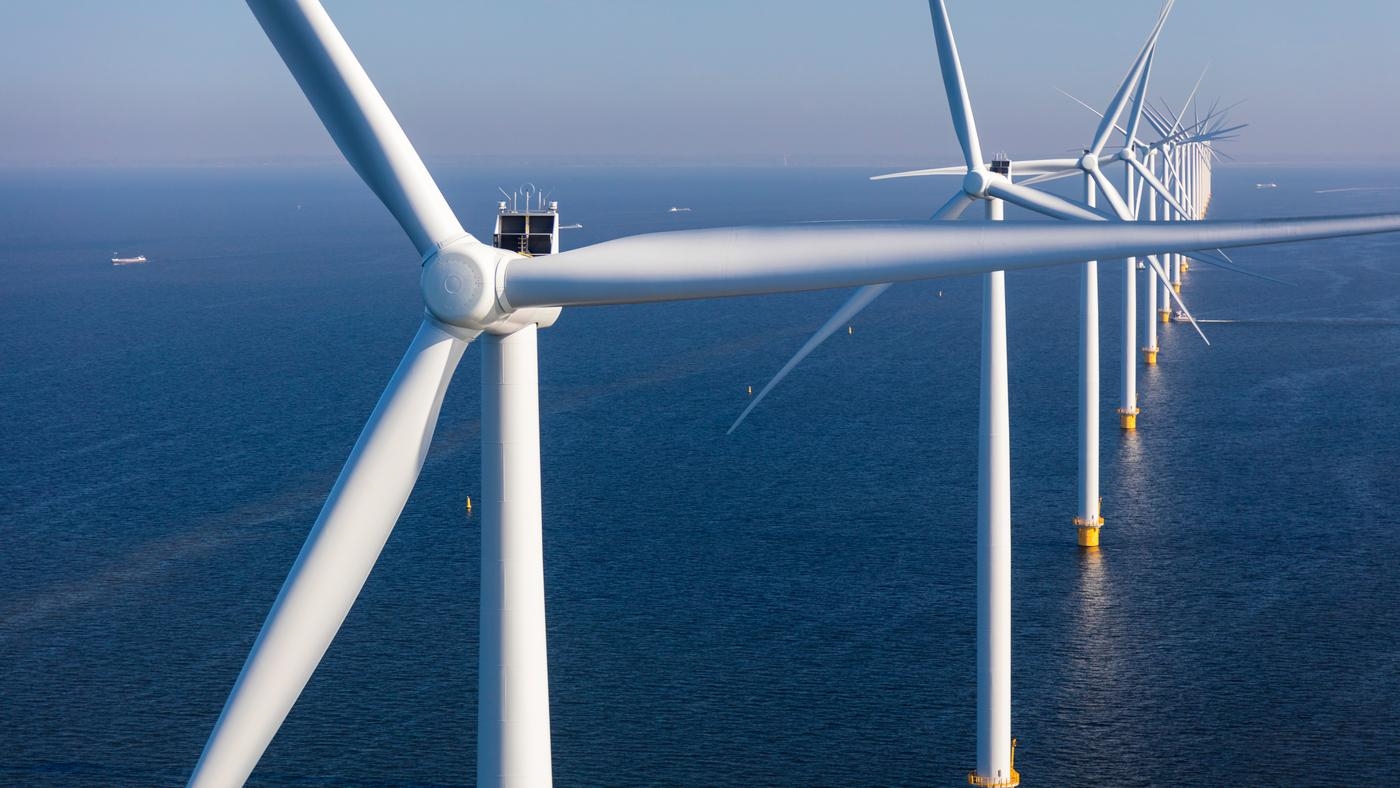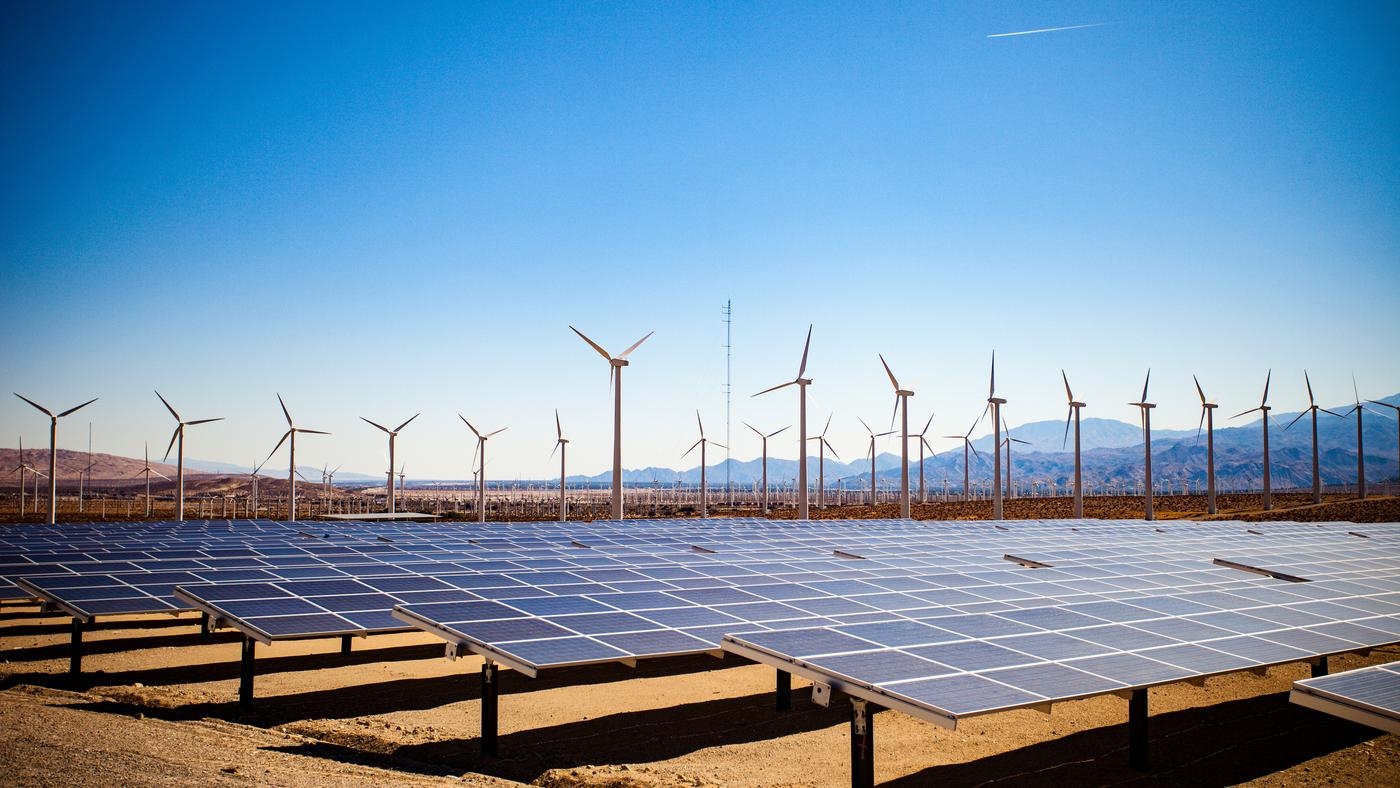Energy transition outlook: the global context
The environment in which our energy transition scenarios are created is evolving faster than ever before – while decarbonisation needs to pick up the pace
Get your copy
Energy transition outlook: the global context
The environment in which our energy transition scenarios are created is evolving faster than ever before – while decarbonisation needs to pick up the pace
The world is not yet on track to deliver on the most ambitious goal of the Paris Agreement and limit global warming to 1.5˚C. The first global stocktake concluded at COP28 in 2023 requires countries to raise the ambition in the next round of Nationally Determined Contribution (NDC) submissions, due in 2025.
Course correction won’t be easy. Fossil fuels are widely available, cost-competitive and deeply embedded in the energy system. Electricity’s share of final energy demand has stagnated at around 20% for the past five years, despite policy support for renewables. And energy demand has surged, driven by population growth, the rise of AI and data centres, and transport electrification.
It’s no surprise that global carbon emissions continue to increase and are expected to reach 39 Bt in 2024, nearly 8% higher than 2015.
With a string of shocks to global markets threatening to further derail progress – such as the ongoing Russia-Ukraine conflict and heightening Middle East tensions – 2030 emissions reductions goals are slipping out of reach.
But there is still time for the world to reach net zero by 2050, if decisive action is taken immediately.
Our energy transition outlooks map a credible path to net zero
In one scenario, our base case, we analyse how energy markets could evolve if the current pace of policy and technology adoption continues.
In our country pledges scenario, we assess a more optimistic future for the energy transition, where countries achieve their existing emissions reduction pledges.
In our net zero by 2050 scenario, we model a narrow but credible pathway from the challenging options available to achieve the agreements set out at COP21 in 2015.
Finally, in our delayed transition scenario – new for the 2024-25 report – we set out a five-year delay to global decarbonisation efforts due to current geopolitical barriers getting firmer, and reduced policy support to new technologies.
Explore the scenarios
-
 Scenario 1
Scenario 1
Base case
-
 Scenario 2
Scenario 2
Country pledges
-
 Scenario 3
Scenario 3
Net zero by 2050
-
 Scenario 4
Scenario 4
Delayed transition scenario

Methodology
Our energy transition outlook consists of four different scenarios, built bottom-up from proprietary data sets on asset-level costs and integrated demand models. We model global energy supply and demand until 2050 and gather data from across energy and materials supply chains, including base metals and battery raw materials, critical minerals and emerging technologies such as hydrogen, CCUS, long-duration energy storage, next-generation nuclear and geothermal.
Reaching deeper and wider than equivalent modelling, Wood Mackenzie’s energy transition scenarios are the most comprehensive and integrated analysis available.
Find out more about our Energy Transition Service.
Related products
Energy and natural resources consulting
Providing bespoke, independent advice that helps our clients navigate critical challenges to make and execute energy and natural resources investment decisions with confidence.






